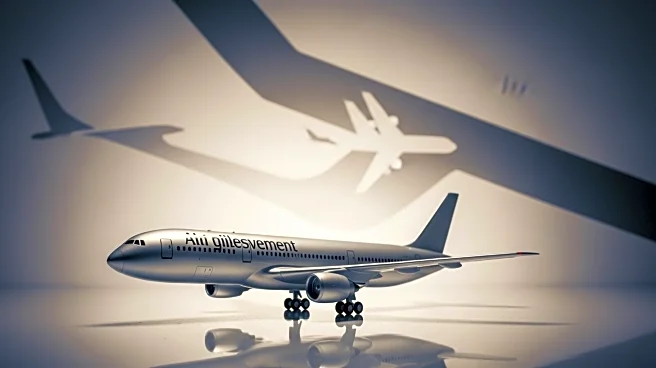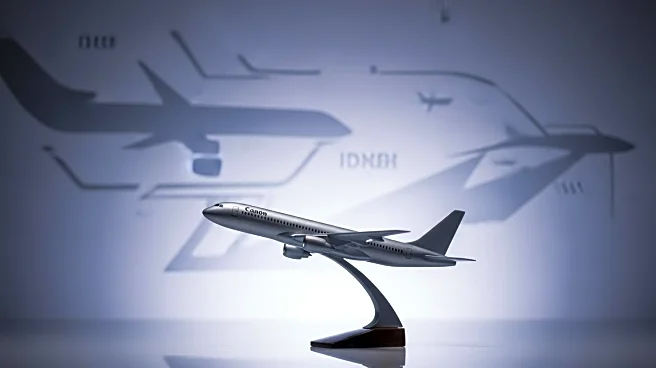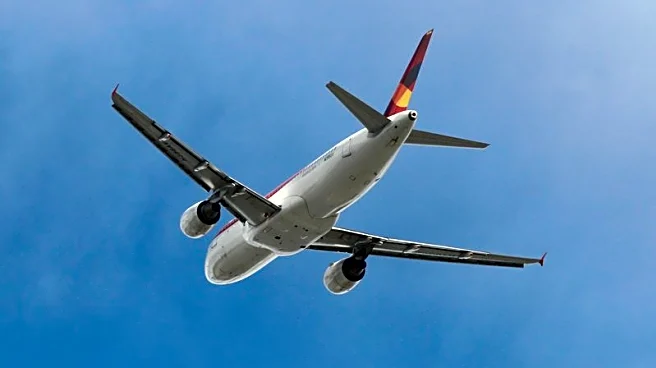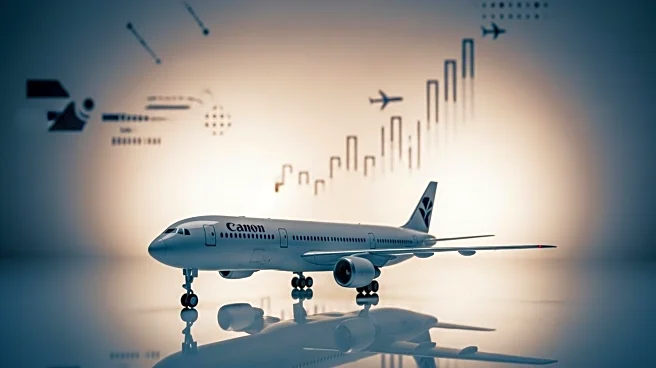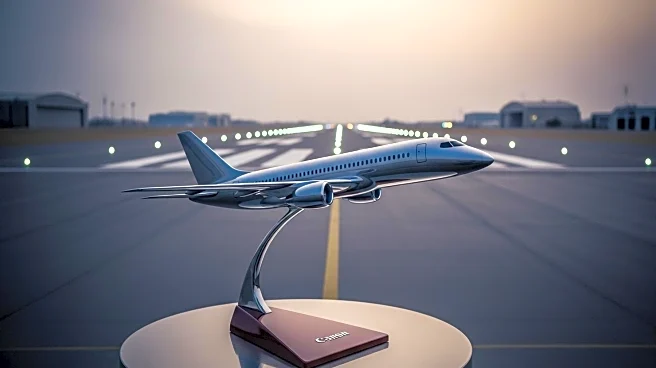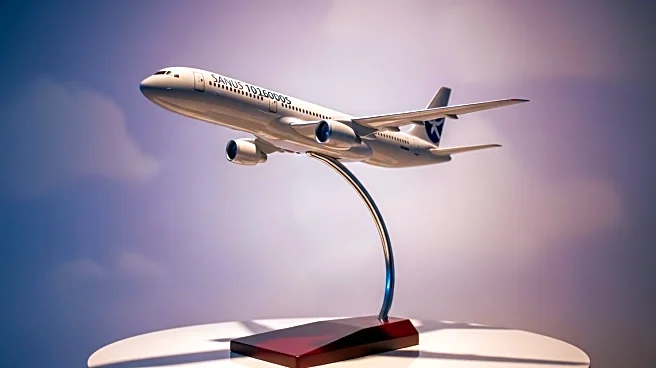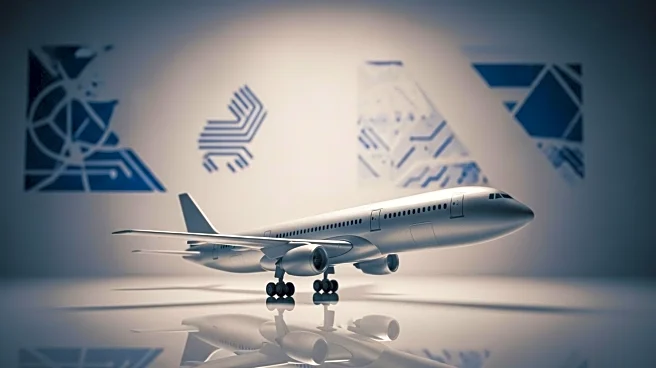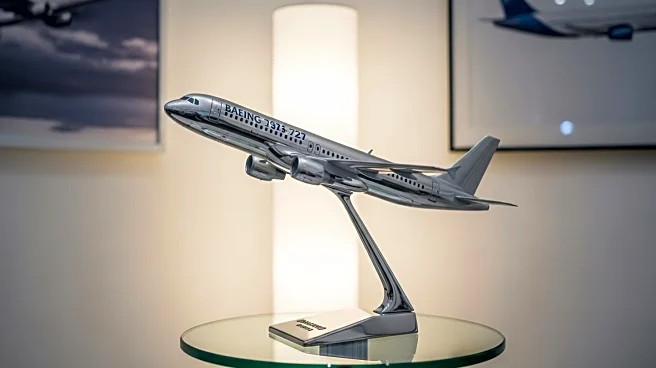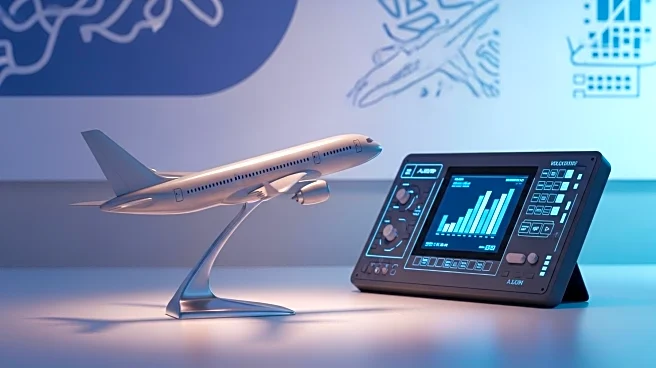What's Happening?
Airbus has achieved a significant milestone by surpassing Boeing in the number of deliveries for its A320 family of planes, making it the most-delivered jetliner in history. This development occurred as a jet was delivered to Saudi carrier Flynas, bringing the total deliveries of the A320 to 12,260 since its introduction in 1988. This surpasses the Boeing 737, which has been a dominant force in the aviation market for decades. The A320's success is attributed to its adoption by low-cost carriers and the introduction of fly-by-wire technology, which initially faced resistance but later gained acceptance.
Why It's Important?
This shift in the aviation market highlights the growing influence of Airbus in the commercial aviation sector. The A320's overtaking of the Boeing 737 signifies a change in market dynamics, with Airbus expanding its production capabilities in the U.S. and China. This development could impact Boeing's market share and influence future strategies for both companies. The competition between these two aviation giants has been a defining feature of the industry, and Airbus's recent achievement may lead to further innovations and strategic shifts.
What's Next?
Both Airbus and Boeing are expected to introduce new models in the next decade, although they are currently waiting for advancements in engine technology before proceeding with development. The ongoing competition will likely drive both companies to innovate and adapt to changing market demands. Additionally, Boeing is working to restore its production rates under regulatory limits following past crises, which may influence its future market position.
Beyond the Headlines
The success of the A320 family underscores the importance of technological innovation and strategic market positioning in the aviation industry. Airbus's decision to introduce fly-by-wire technology and target low-cost carriers has proven to be a successful strategy. This development also reflects broader trends in the aviation market, such as the increasing demand for narrow-body aircraft and the importance of adapting to regulatory and market changes.

